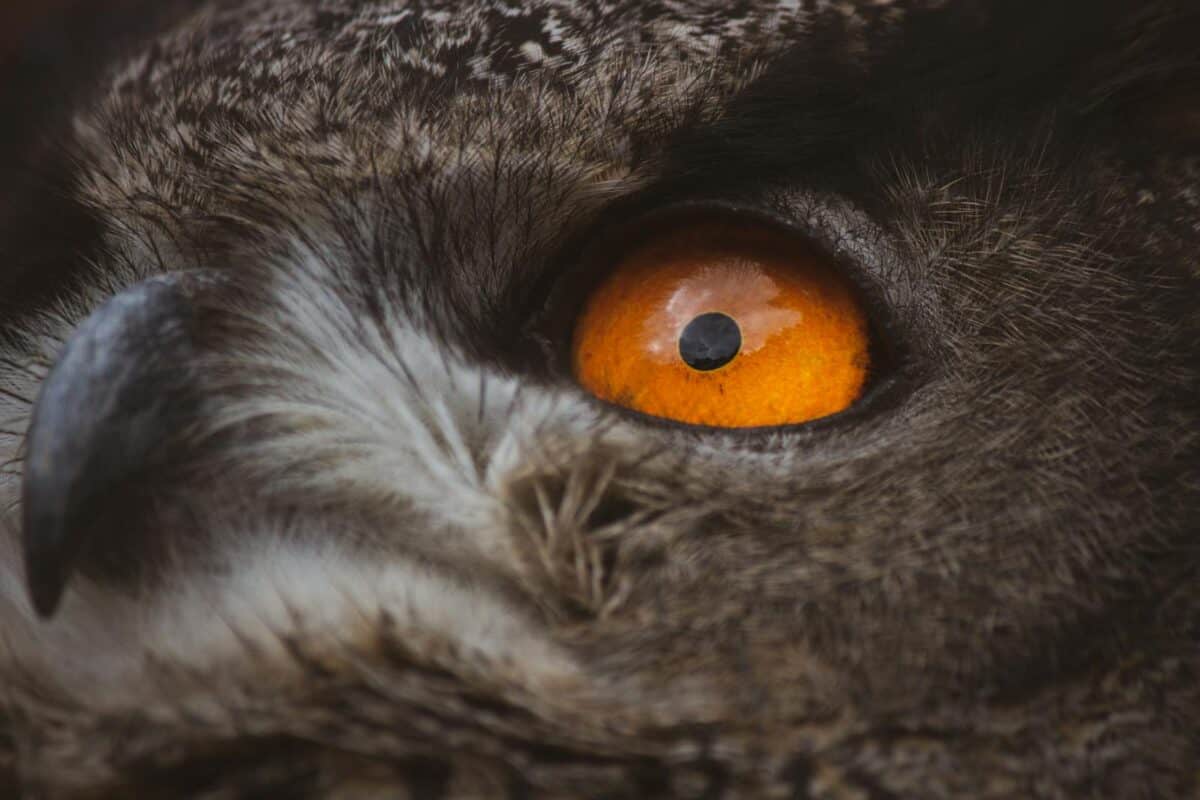Have you ever wondered how your furry companion sees the world? While we share our homes and lives with our beloved pets, their visual perception differs significantly from our own. From dogs and cats to birds and reptiles, each species has evolved unique visual adaptities suited to their ancestral needs and environments. Understanding these differences not only satisfies our curiosity but helps us better accommodate our pets’ needs and interpret their behaviors. Let’s embark on a fascinating journey into the visual worlds of our animal companions and discover how their eyesight compares to human vision.
The Basics of Vision: Human Eyes vs. Animal Eyes
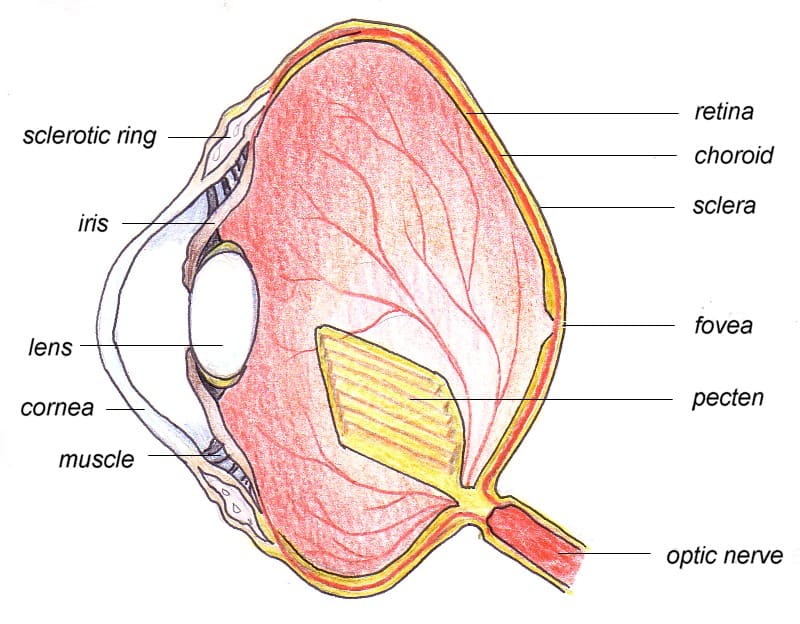
Human vision evolved primarily for daytime activities, with specialized adaptations that allow us to see a wide range of colors and detect fine details. Our eyes contain three types of color-sensitive cone cells that perceive red, green, and blue wavelengths, enabling us to see approximately 1 million distinct colors. We also possess excellent visual acuity, with 20/20 vision considered the standard benchmark. The human eye’s structure includes a single lens that focuses light onto the retina, where photoreceptors convert light energy into neural signals that travel to the brain for processing.
Animal eyes, by contrast, evolved to meet species-specific survival needs. Predators typically have forward-facing eyes for better depth perception, while prey animals often have laterally positioned eyes to detect movement across a wider field of view. The distribution and types of photoreceptors, lens structures, and even eye shapes vary dramatically across species, resulting in fundamentally different visual experiences. These adaptations reflect evolutionary compromises between visual acuity, light sensitivity, motion detection, and color perception based on each species’ ecological niche.
Canine Vision: What Your Dog Really Sees
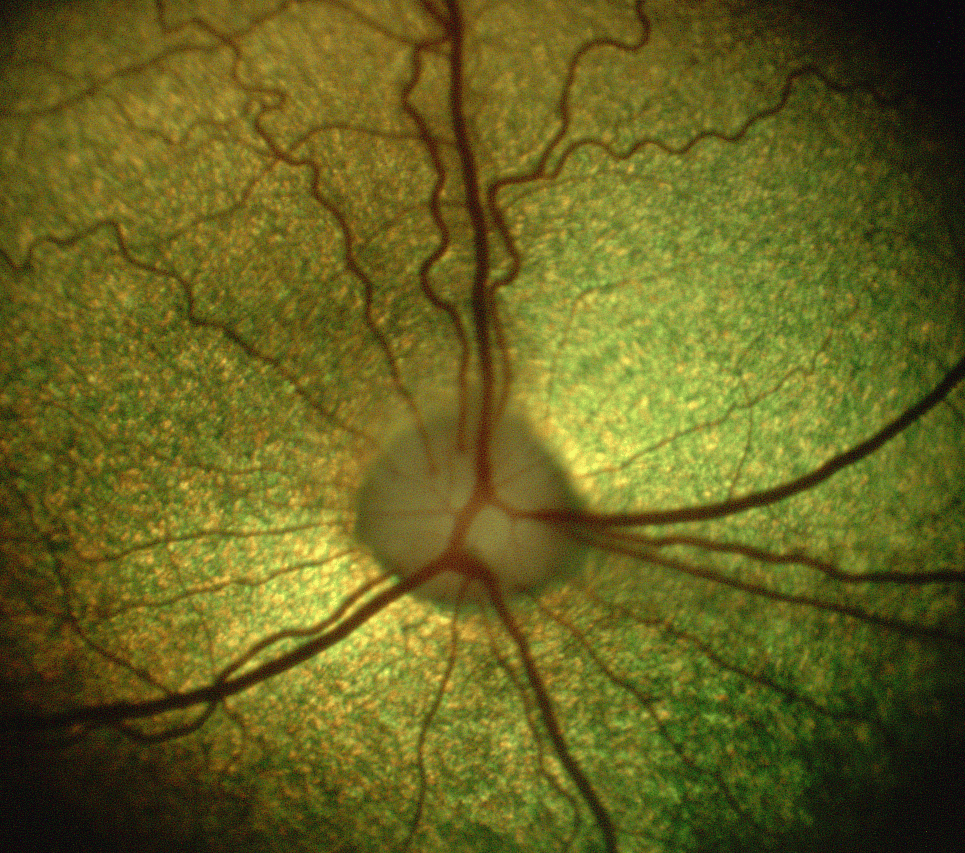
Dogs see the world quite differently than humans do. While the myth that dogs see only in black and white has been debunked, their color perception is indeed more limited. Dogs possess two types of cone photoreceptors rather than three, making them dichromatic. This means they primarily see blue-violet and yellow wavelengths, with red and green appearing as various shades of gray. This reduced color spectrum makes it challenging for dogs to distinguish between red, orange, green, and yellow objects, which is why a red ball might “disappear” in green grass from your dog’s perspective.
On the other hand, dogs have superior night vision compared to humans. Their retinas contain more rod photoreceptors, which function well in low light, and they have a reflective layer called the tapetum lucidum behind the retina that enhances light sensitivity by reflecting light back through the retina. This adaptation gives dogs the ability to see in light conditions approximately five times dimmer than what humans require. While dogs have less visual acuity (roughly 20/75 vision compared to human 20/20), they excel at detecting motion, with peripheral vision spanning approximately 250 degrees versus the human 180-degree field of view—an adaptation that served their wolf ancestors well when hunting.
Feline Vision: Through a Cat’s Eyes
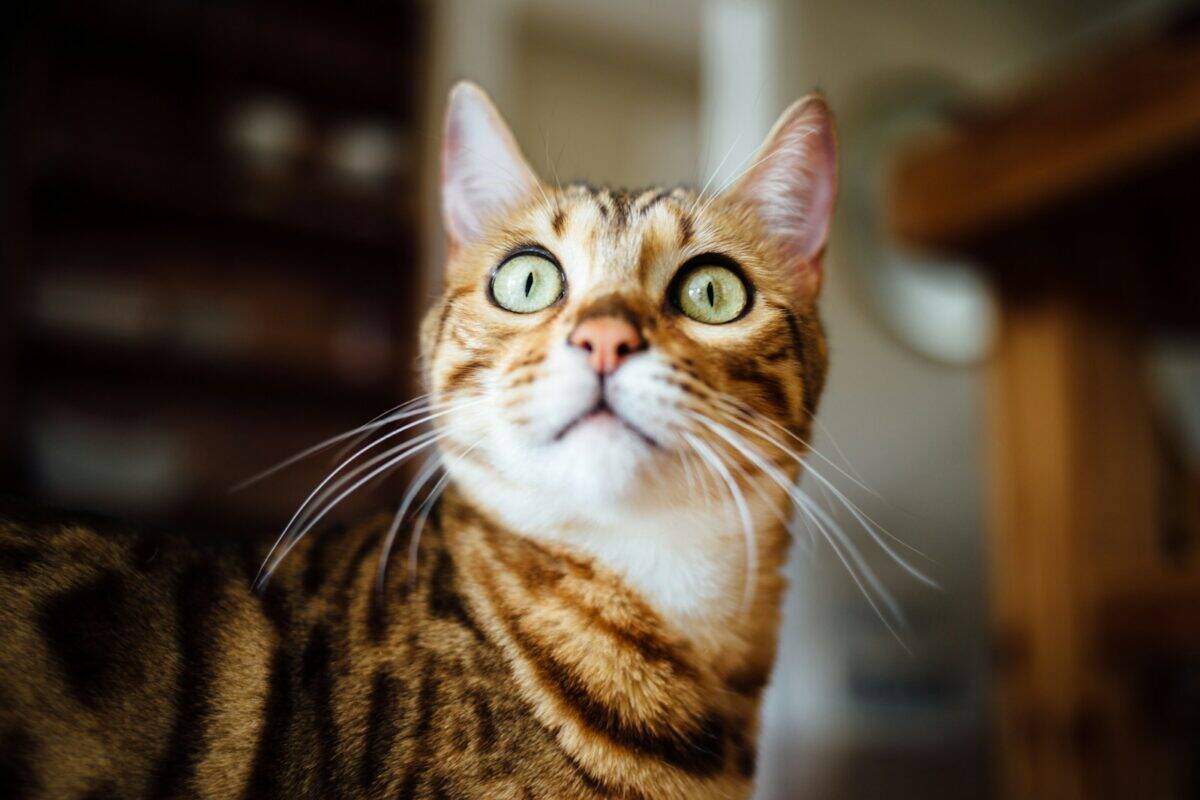
Cats are crepuscular hunters evolved for dawn and dusk activities, and their vision reflects these specialized adaptations. Like dogs, cats are dichromats with color vision limited primarily to blues and yellows. However, their night vision capabilities far exceed both humans and dogs. Cats possess an extraordinarily reflective tapetum lucidum that allows them to see in light levels six times dimmer than what humans require, giving them a distinct advantage during twilight hunting.
A cat’s visual acuity is somewhat poorer than humans in daylight, roughly equivalent to 20/100 to 20/200 vision, meaning they see less detail and are slightly nearsighted. However, cats excel at detecting even the slightest movements, an essential skill for hunting small prey. Their visual field spans approximately 200 degrees compared to the human 180 degrees, and they possess superior peripheral vision. Perhaps most interestingly, cat pupils can dilate dramatically, expanding to cover almost the entire visible iris in low light and contracting to thin vertical slits in bright conditions. This vertical slit design allows precise control over light entry while maintaining the ability to judge distances accurately—crucial for a predator that relies on precisely timed pounces.
Bird Vision: Spectacular Sight from Above

Birds possess some of the most remarkable vision in the animal kingdom, with capabilities that far surpass human visual perception in several aspects. While humans have trichromatic vision with three types of color receptors, many birds are tetrachromatic, possessing four types of cone cells. This fourth type allows birds to see in the ultraviolet spectrum—a range completely invisible to humans. This enhanced color perception helps birds identify ripe fruits, track urine trails of prey, recognize subtle plumage differences for mate selection, and even see patterns on flowers that guide them to nectar.
Birds of prey have astonishing visual acuity, with some species like eagles possessing vision equivalent to 20/5 or better. This means an eagle can see details from 20 feet away that would require a human to be just 5 feet away to discern. This exceptional acuity comes from having extremely dense photoreceptors in their retinas and specialized areas called foveae. Many birds have two foveae in each eye (compared to our single fovea), providing sharp vision for both forward and lateral viewing. Additionally, birds can update their visual images much faster than humans—similar to having a higher “frame rate”—allowing them to track rapid movements with precision. This is why birds can navigate through dense forests at high speeds without collision or spot tiny prey movements from remarkable distances.
Rabbit Vision: Designed for Predator Detection
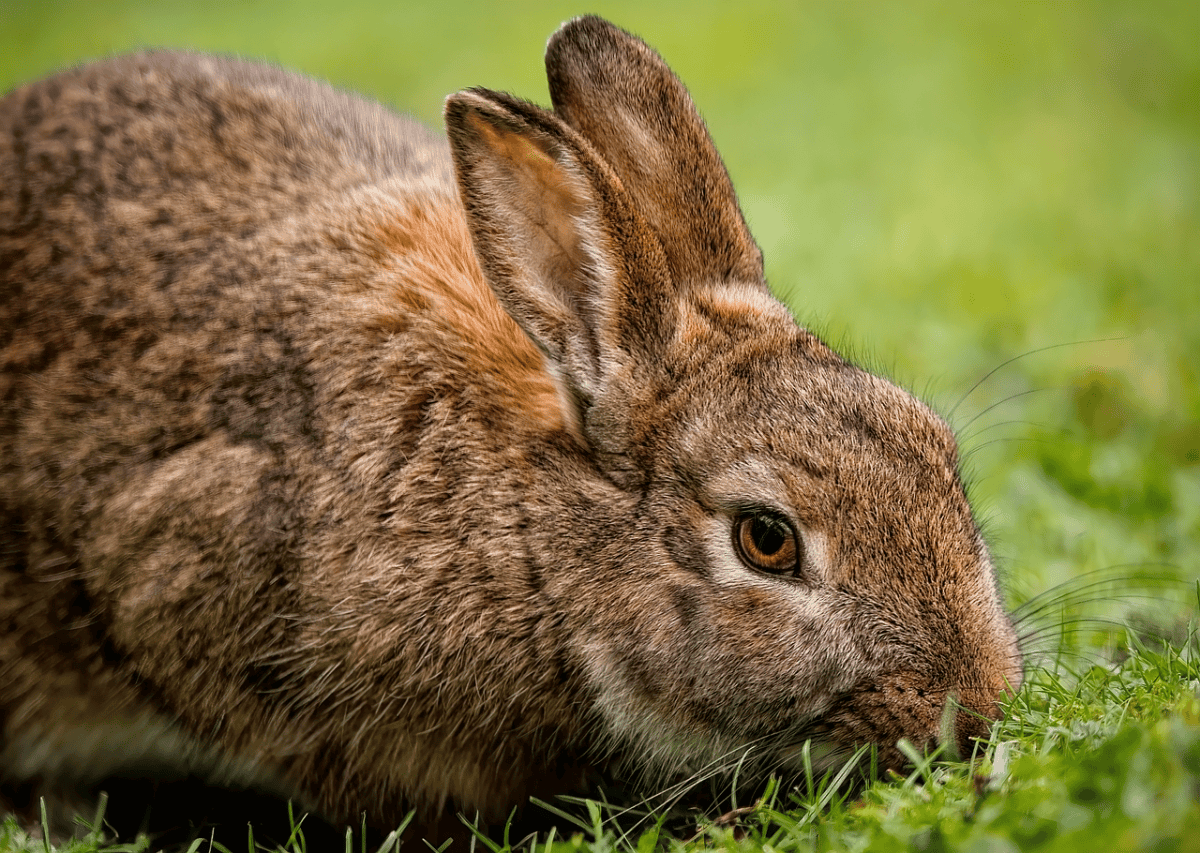
Rabbits, as quintessential prey animals, have evolved vision optimized for survival rather than detail or color perception. Their most striking visual adaptation is their extraordinarily wide field of view. With eyes positioned high and on the sides of their head, rabbits can see almost 360 degrees around them without moving—including above their heads. This panoramic vision comes at a cost, however, as rabbits have a small blind spot directly in front of their noses and another directly behind their heads.
Unlike humans who perceive depth well because our forward-facing eyes create significant binocular overlap, rabbits have minimal binocular vision (around 30 degrees), giving them relatively poor depth perception. They are moderately farsighted, better at detecting distant movement than close-up details. Rabbits possess dichromatic color vision, seeing primarily in blue-green wavelengths, though color is less important to their survival than motion detection. Their vision is particularly adapted to detect movement on the horizon, often spotting predators before humans would notice anything amiss. Interestingly, rabbits can sleep with their eyes open, maintaining some visual awareness even while resting—a crucial adaptation for an animal that must remain vigilant against predators.
Rodent Vision: Mice, Rats, Hamsters, and Guinea Pigs

Small pet rodents have visual systems primarily designed for their nocturnal or crepuscular lifestyles. Mice and rats have poor visual acuity compared to humans, with vision estimated to be about 20/600. This means they’re quite nearsighted and rely more heavily on their exceptional senses of smell, hearing, and touch for navigation and survival. Most rodents are dichromats, with color perception limited mainly to blue and green wavelengths. Rats can distinguish ultraviolet light, which helps them track urine trails that fluoresce in UV light.
The positioning of rodents’ eyes—on the sides of their heads—gives them a wide field of view, approximately 320 degrees in mice and rats. This panoramic vision helps detect predators but results in limited depth perception due to minimal binocular overlap. Guinea pigs have somewhat better acuity than rats and mice, while hamsters have particularly poor eyesight, relying almost entirely on other senses. A fascinating adaptation in many rodents is their ability to detect light even with their eyes closed through extra-ocular photoreception. This ability helps synchronize their circadian rhythms without exposing them to predators. When interacting with pet rodents, it’s important to remember they may not recognize you by sight alone but instead rely on your scent and the sound of your voice for identification.
Fish Vision: The Underwater Perspective
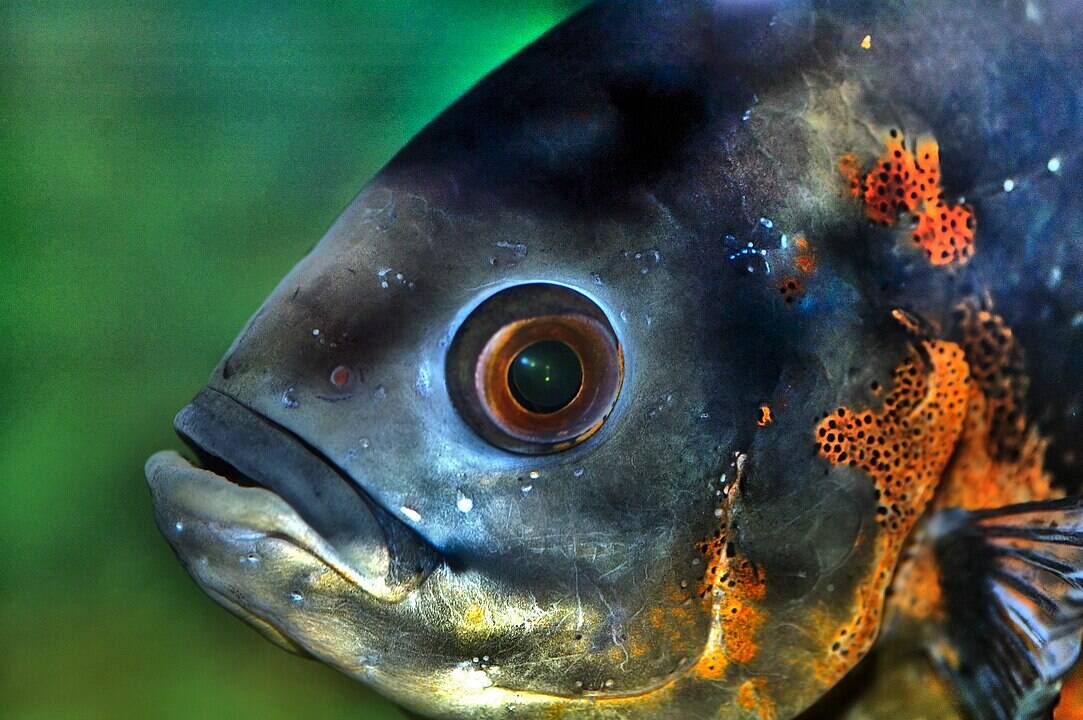
Aquatic pets experience vision fundamentally different from terrestrial animals due to the properties of their environment. Water filters out red light first as depth increases, making most fish species adapted to see blue-green wavelengths best. Many fish are tetrachromats with four types of cone cells, allowing them to perceive ultraviolet light—a capability humans lack entirely. This enhanced color perception helps fish identify mates, spot prey, and navigate complex reef environments. Some species like goldfish can even see polarized light, perceiving patterns invisible to the human eye.
Fish eyes have spherical lenses that provide a wide field of view but limited focusing ability compared to the flexible lenses of mammals. Most fish are nearsighted in air but see clearly underwater where their vision is optimized. Betta fish, a popular aquarium species, have monocular vision with eyes on opposite sides of their head, giving them nearly 360-degree awareness but poor depth perception. Interestingly, the positioning and visual capabilities of fish eyes often reflect their ecological niche—predatory species typically have forward-facing eyes for better binocular vision, while prey species have laterally positioned eyes to detect danger from multiple directions. Understanding these differences can help aquarium enthusiasts create environments that accommodate their pets’ visual needs, such as avoiding startling movements and designing tanks with their species’ specific visual capabilities in mind.
Reptilian Vision: Lizards, Snakes, and Turtles
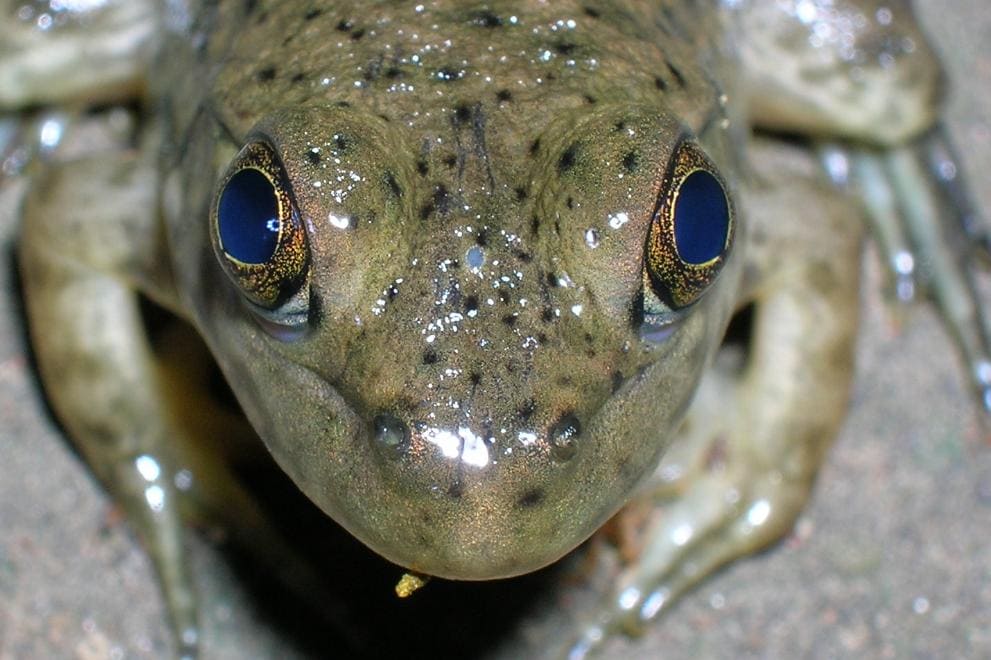
Reptiles exhibit fascinating visual adaptations that often surpass human capabilities in specialized ways. Many lizard species, including popular pets like bearded dragons and geckos, possess tetrachromatic vision with four types of cone cells that enable them to see ultraviolet light. This UV vision serves important biological functions, helping them synthesize vitamin D, find food, and identify social signals. Chameleons have perhaps the most extraordinary eyes among reptiles, with independently movable, turret-like eyes that provide a complete 360-degree field of vision. They can focus both eyes on a single prey item for precise depth perception when hunting.
Snakes represent a remarkable evolutionary divergence in vision. While most snakes have relatively poor visual acuity and limited color perception, pit vipers and boas possess specialized infrared-sensing pit organs that detect heat signatures, essentially allowing them to “see” the thermal emissions of warm-blooded prey even in complete darkness. This thermoreception is processed in the same brain regions as visual information, creating an integrated sensory picture. Turtles and tortoises generally have good color vision but relatively poor acuity compared to humans. Aquatic turtles have adaptations for underwater vision, including flattened corneas and specialized retinal structures. Most remarkably, some turtle species can see well in both air and water—a dual adaptation that few vertebrates possess. When caring for reptile pets, understanding their unique visual world helps explain behaviors like apparent recognition of UV-reflective markings or attraction to heat sources that might be invisible to human perception.
The Science of Color Perception Across Species

Color perception varies dramatically across pet species due to fundamental differences in retinal photoreceptor types. Humans possess three types of cone cells sensitive to red, green, and blue wavelengths, creating our trichromatic vision with approximately one million distinguishable colors. Dogs and cats, by contrast, are dichromats with only two types of cone cells, perceiving primarily blues and yellows while lacking the photoreceptors needed to distinguish between red and green wavelengths. This explains why that bright red toy might not stand out to your dog against green grass the way it does to you.
Birds represent the opposite end of the spectrum, with many species possessing tetrachromatic vision from four types of cone cells. This fourth receptor type allows birds to see in the ultraviolet spectrum, perceiving colors and patterns completely invisible to humans. Even more remarkable, some birds like pigeons are pentachromats with five distinct color receptors. The evolutionary advantages of these different color perception systems reflect each species’ ecological needs—humans evolved to find ripe fruits among green foliage, dogs needed primarily to detect movement rather than color, while birds benefit from ultraviolet perception for identifying mates, finding food, and navigation. Understanding these differences helps explain why your pet may respond differently to colored toys or environmental features, and why certain colors that seem striking to us might be virtually invisible to them.
Motion Detection and Temporal Resolution
The ability to perceive motion differs significantly between humans and their pets, impacting how each species experiences dynamic visual events. Humans process approximately 60 visual frames per second, which explains why movies displayed at 24 frames per second appear as continuous motion rather than individual still images. Many pets, particularly birds and some insects, have substantially higher temporal resolution. For instance, dogs can process visual information at about 70-80 frames per second, while birds may perceive up to 100 frames per second or more. This means that to these animals, standard television or computer screens might appear to be flickering rather than displaying smooth motion.
This enhanced temporal resolution makes many pets superior at detecting even the slightest movements. Cats, as ambush predators, can detect tiny movements that would be imperceptible to humans, allowing them to spot small prey like mice even when they’re barely moving. Birds of prey like hawks can track fast-moving targets with extraordinary precision due to their superior motion detection and processing speed. This difference explains why your pet might react to subtle movements you don’t notice, or why they might seem fascinated by certain moving objects while ignoring others. It also suggests why activities involving rapid movement—like chasing toys or hunting games—are so engaging for many pets, as these activities stimulate their highly developed motion detection systems in ways that align with their natural predatory instincts.
Visual Adaptations for Different Lifestyles
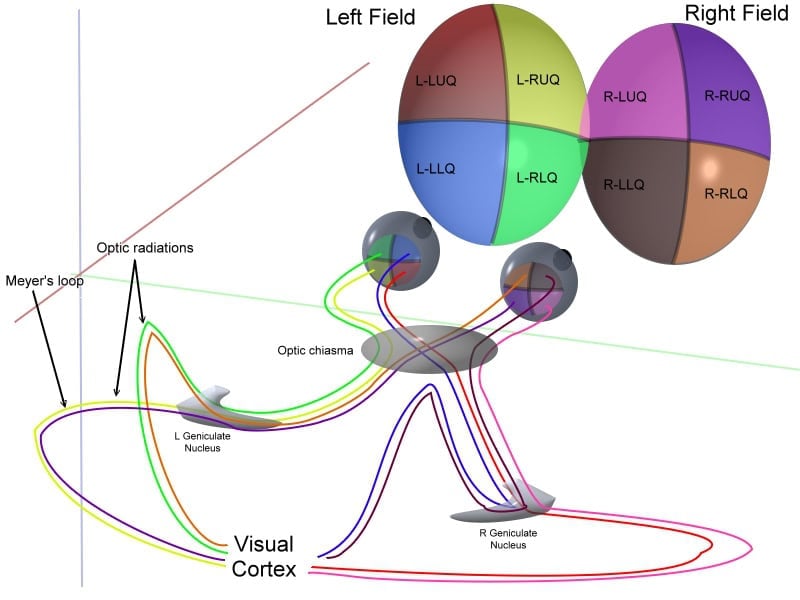
The remarkable diversity in pet vision directly reflects evolutionary adaptations to different ecological niches and survival strategies. Nocturnal animals like hamsters, sugar gliders, and some reptiles possess specialized visual adaptations for low-light conditions. These include larger eyes relative to body size, vertically elongated pupils that can open extremely wide, and retinas dominated by rod photoreceptors that function well in dim light. Many nocturnal species sacrifice color vision and acuity for superior light sensitivity, explaining why your nighttime active pets might seem clumsy or disoriented in bright daylight.
Conversely, diurnal animals like parrots, diurnal lizards, and guinea pigs have vision optimized for daylight conditions with higher concentrations of cone cells for superior color perception and acuity. Prey species, regardless of activity pattern, typically have laterally positioned eyes providing near-panoramic vision to detect predators from all directions, while predator species more commonly have forward-facing eyes that provide the binocular overlap necessary for precise depth perception during hunting. Arboreal pets like many parrot species have enhanced depth perception and distance judgment capabilities essential for navigating complex three-dimensional environments without falling. Understanding these lifestyle-based visual adaptations helps explain many pet behaviors: why your cat seems most playful at dawn and dusk when their crepuscular vision functions optimally, why rabbits startle easily from movements above them, or why your parrot might be particularly attracted to colorful toys that stimulate their highly developed color vision.
The remarkable differences between human vision and the visual capabilities of our animal companions reveal a fascinating diversity of adaptations shaped by millions of years of evolution. By understanding how our pets perceive the world, we gain valuable insights that can enhance our relationships with them and improve the quality of care we provide. These differences explain countless pet behaviors that might otherwise seem mysterious—from a cat’s fascination with barely perceptible movements to a dog’s inability to find a red toy in green grass, or a bird’s attraction to objects with ultraviolet patterns invisible to us.
This knowledge has practical applications for pet care, from choosing appropriate toys that capitalize on your pet’s visual strengths to designing living environments that accommodate their visual limitations. For instance, understanding that rabbits have panoramic vision but poor depth perception explains why approaching them from above can be frightening, while knowing that cats see poorly in absolute darkness helps explain their occasional nighttime clumsiness. For rescue animals or pets with vision impairments, knowing the baseline visual capabilities of their species allows for better accommodation of their needs.
Perhaps most importantly, appreciating the unique ways our pets experience the visual world fosters greater empathy and understanding. We are reminded that our animal companions do not simply see the world less effectively than we
- America’s Most Endangered Mammals And How to Help - August 9, 2025
- The Coldest Town in America—And How People Survive There - August 9, 2025
- How Some Birds “Steal” Parenting Duties From Others - August 9, 2025

